Sárahkká: The Protector of Mothers
Sarahkka is a Sami deity that is especially important to the Sami women, for she is the protector of mothers…
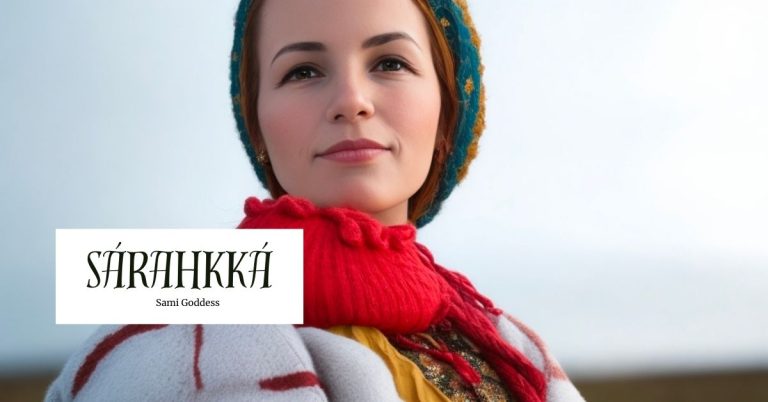
Sarahkka is a Sami deity that is especially important to the Sami women, for she is the protector of mothers…

The goddess Hel, known for her enigmatic presence in the realm of the underworld, has long captured the imagination and…
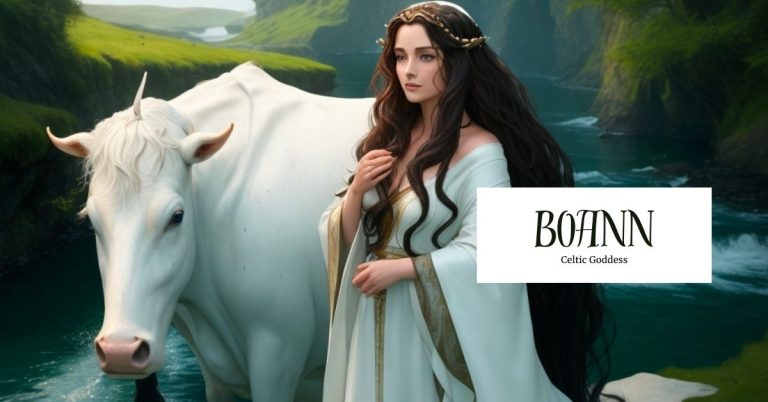
From her daring quest to approach a forbidden well to her transformation into the River Boyne, Boann’s legends encapsulate the…

As a goddess of love, beauty, and the sea, Clíodhna possesses an enchanting duality that resonates through ages past and…
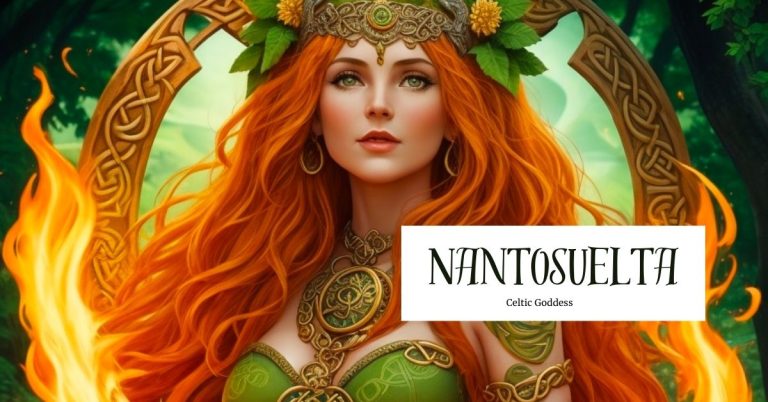
Goddess Nantosuelta is a guardian of the earth, a bestower of fertility, and a symbol of abundance. While the annals…
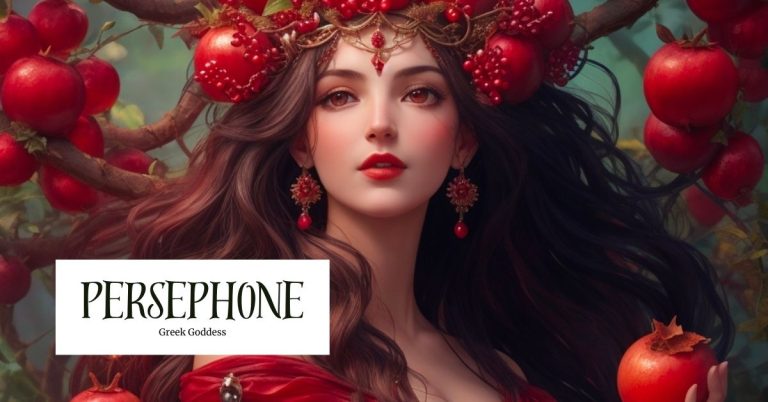
Persephone, a prominent figure in Greek mythology, presents a fascinating and multifaceted persona. Revered as both the Goddess of Spring…
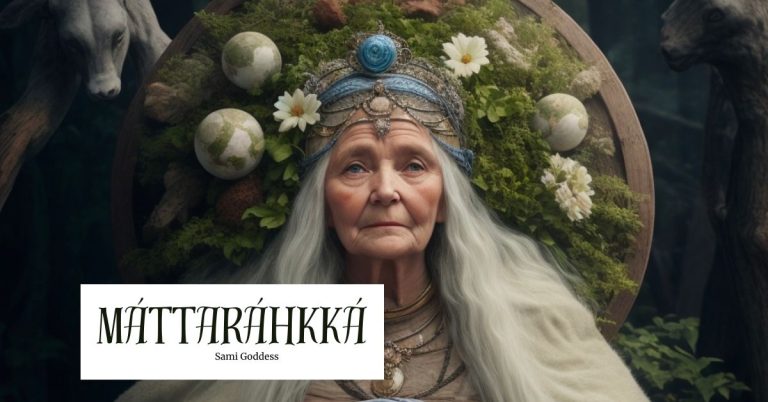
The Sami deity Máttaráhkká is the goddess of earth, beginner of life, and protector of children. Máttaráhkká’s notable ability is…
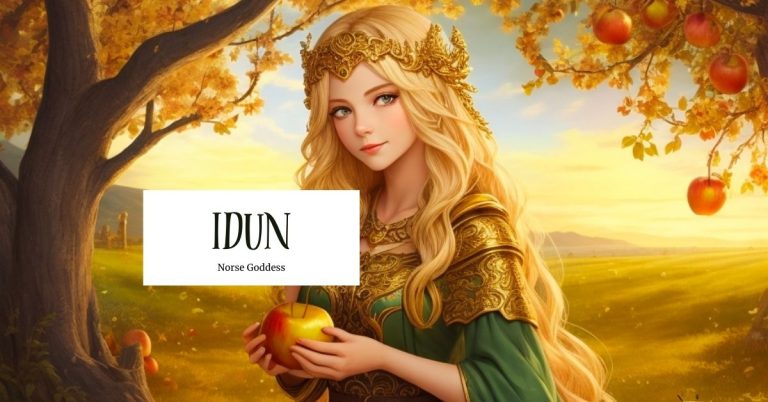
In the realm of Norse mythology, a revered deity’s paramount duty lies in safeguarding the elixir of youth and vitality,…
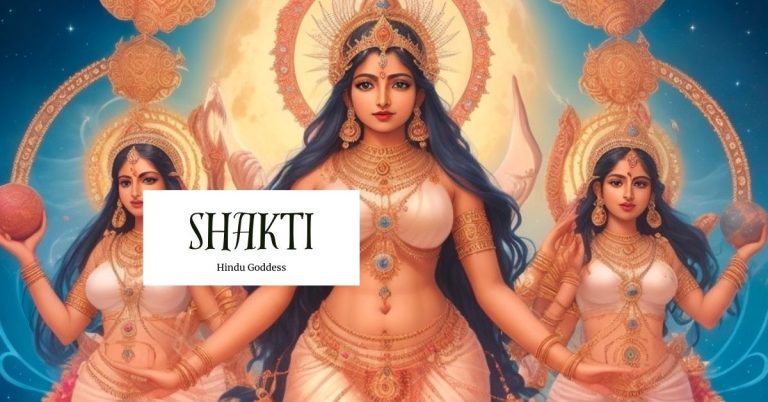
Shakti is a highly esteemed figure within the complex mythology of Hinduism, representing the divine feminine power that drives the…
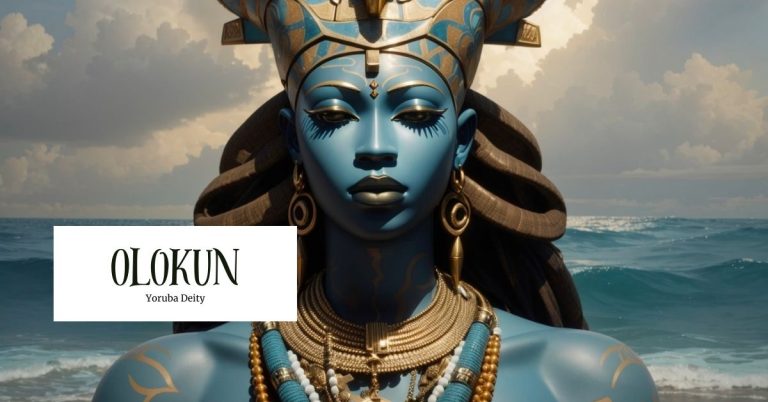
Olokun, according to Yoruba mythology, is the owner and ruler of the sea. Olokun is known for fertility, healing, wealth,…